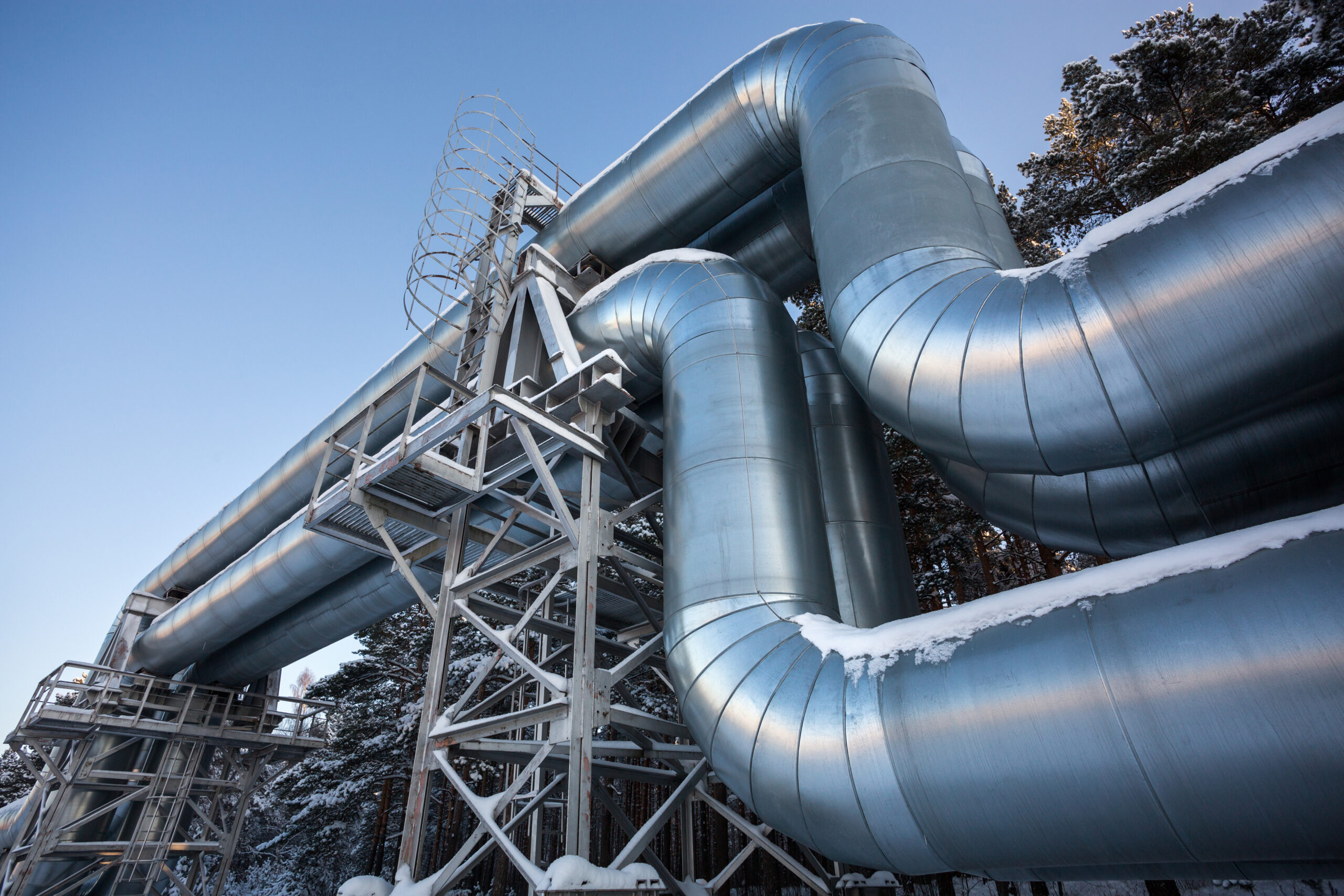Spotlight
Steeped in the energy industry
We are in the know.
FERC Issues Updated Certificate Policy Statement on Review of Natural Gas Project Applications and Interim Policy Statement on GHG Emissions Assessment

On February 18, 2022, the Federal Energy Regulatory Commission (FERC) issued an Updated Certificate Policy Statement on the certification of pending and new interstate natural gas facilities. The Updated Certificate Policy Statement modifies FERC’s standards for determining whether a natural gas project “is or will be required by the public convenience and necessity,” pursuant to section 7 of the Natural Gas Act (NGA).
The Updated Certificate Policy Statement reaffirms that when reviewing natural gas project proposals, FERC will consider all relevant factors. However, in an important revision to FERC’s certificate policy, FERC changed the threshold consideration of whether the project is economic without subsidization from an applicant’s existing customers to a detailed demonstration of need. FERC also stated that precedent agreements will no longer suffice as the sole evidence of need for a project. Rather, applicants must now provide specific information with details about the end-use of the gas to be transported by a proposed project, why the project is necessary, and the project’s estimated utilization rates, among other things.
Once the expanded need criteria is satisfied, the Updated Certificate Policy Statement provides that FERC will consider the proposal’s construction and operation impacts on four major interests: (1) the applicant’s existing customers; (2) existing pipelines and their captive customers; (3) the environment; and (4) landowners and neighboring communities, in particular environmental justice communities. The Updated Certificate Policy Statement warns that FERC may deny an application due to adverse impacts on any one of these interests.
FERC also expanded the environmental review of projects. In addition to considering environmental impacts and potential mitigation, FERC will now incorporate climate change considerations as discussed in the simultaneously issued Interim Policy Statement on Consideration of Greenhouse Gas Emissions in Docket No. PL21-3-000 (GHG Policy Statement).
The GHG Policy Statement articulates how FERC plans to evaluate climate change impacts of natural gas infrastructure projects in its National Environmental Policy Act (NEPA) reviews and the integration of such climate change considerations for its public interest determinations under NGA sections 3 and 7. The GHG Policy Statement establishes a rebuttable presumption that projects resulting in GHG emissions of 100,000 metric tons per year (both operations and end-use) or more of carbon dioxide equivalent will have a significant environmental impact, triggering development of an Environmental Impact Statement (EIS). Given that FERC estimates any project transporting at least 5,200 dekatherms per day or operating a compressor station will meet this metric, most projects will be subject to NEPA review via an EIS.
FERC states that the GHG review framework will consider, as part of the environmental analysis, any proposed mitigation of GHG emissions. While FERC does not mandate a specific level of mitigation, the GHG Policy Statement appears to encourage mitigation. FERC also stated that pipelines may recover the costs of such GHG mitigation in rates approved under both sections 4 and 7 of the NGA.
The GHG Policy Statement is in place on an “interim” basis and will be applied to pending project applications. FERC may revise the policy statement and is soliciting comments on it (due sixty days after publication in the Federal Register).
Additionally, the Updated Certificate Policy Statement states that FERC will, as much as practicable, engage early and continually with interested landowners to consider intangible impacts beyond economic compensation associated with eminent domain. Thus, FERC “will look unfavorably on applicants that do not work proactively with landowners to address concerns.” 1In the review process, FERC will act promptly to identify surrounding environmental justice communities to consider impacts and mitigation measures tailored to their unique needs.
In sum, FERC will weigh a proposed project’s total benefits against the totality of adverse impacts. However, FERC declined to adopt a bright-line test for how to balance the two, allowing FERC flexibility to resolve interests on a case-by-case basis.
- Certification of New Interstate Natural Gas Facilities, 178 FERC ¶ 61,107, at P 82 (2022). ↩︎

